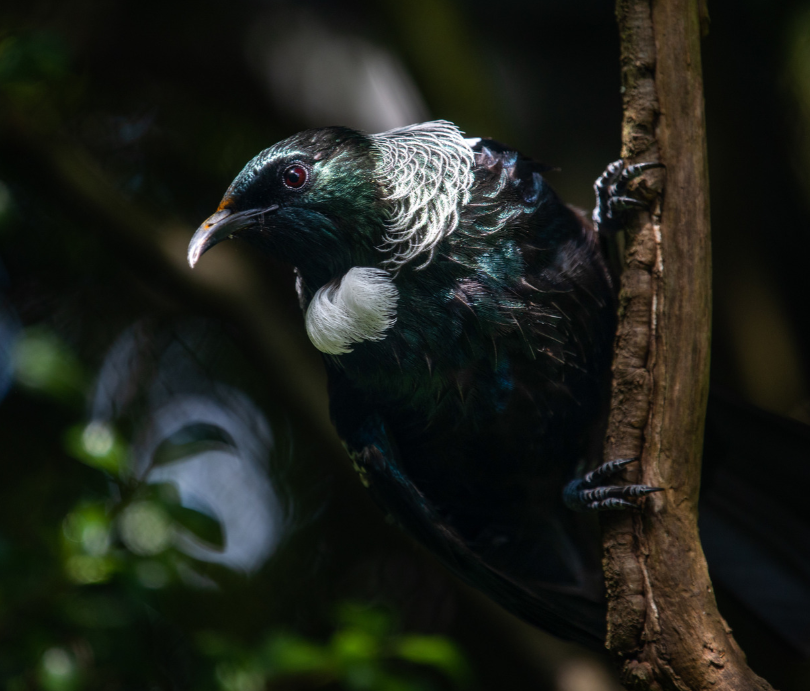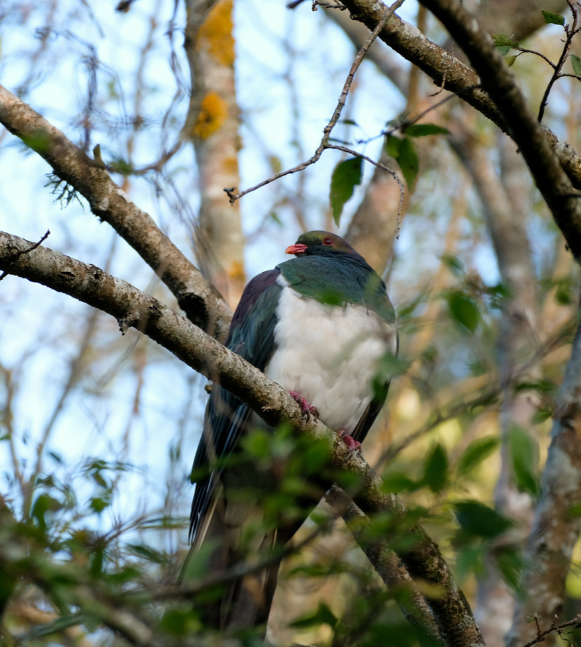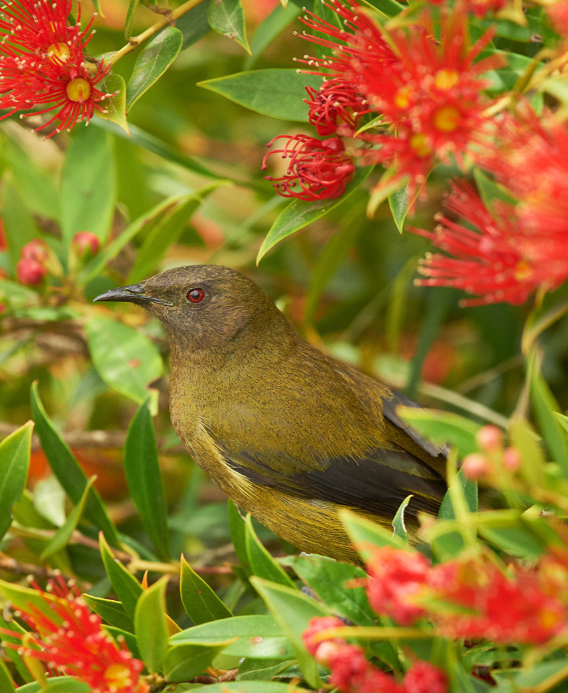Thermal imaging around Portobello finds no sign of possums over 400 hectares!
September 4, 2023 Jacinta Steeds
“Everyone here is staring at the screen, keen to spot a possum. The funny thing is, we don’t actually want to see one tonight. In fact, it will be fantastic news if we don’t see any.”
Paula Cross, Operations Manager for the Otago Peninsula Biodiversity Group is right. Quite the crowd has come out tonight, from operational staff to the leaders of Predator Free 2050 Limited.
It’s 10pm and everyone is gathered, breath steaming, on a grassy hill near Portobello. Most people are looking excited, a few nervous, and it’s understandable. The collective effort that has been put into removing possums from the Otago Peninsula, including the Portobello area, is immense. Years of hard work, all leading up to the point we are lucky enough to witness tonight.
The Otago Peninsula Biodiversity Group formed back in 2008. They had a vision for a peninsula free of introduced predators, starting with the removal of possums.
Since then, the work that has been carried out is massive. A combination of intensive trapping, toxin use where populations are high, trail cameras which can detect any possums that are still wandering, possum detection dogs going through the area, and night shooting.
The contribution of volunteers to the goal of possum eradication has been incredible and approximately 500 properties host at least one possum control device.
The extensive network of traps present on the Peninsula. Predator Free Peninsula traps are shown in red and community traps are shown in orange.
In order to achieve eradiation, the Peninsula has been split into operational ‘sectors’. The outer half of the Peninsula (Sectors 1 – 3) is now down to very low possum numbers. While it’s hard to know exactly how many possums are left, some areas may now be down to single digits.
Tonight, we are gathered in Sector 3, overlooking Port Chalmers on the other side of the harbour. Recently, through intensive monitoring including the use of possum detection dogs, no possums have been found in this sector. To help confirm that this area is possum free, the team at High Country Contracting are using a drone with thermal imaging technology. This technology is one of the best tools available for detecting introduced predators in low numbers.
The drone is large and even has a spotlight attached. It illuminates the ground below us, and, looking across at the computer screens set up, we can see a clear image of ourselves. Khan from High Country Contracting tells us that the images from the drone are so accurate and detailed that they can spot creatures as small as mice. These guys have become experts at using this technology and can identify pests easily from their shape, and the way they move. If introduced predator numbers in the target area are low, the team can use the drone to search 1,500 hectares over 3 nights.
Monitors showing what the thermal imaging on the drone is picking up as it hovers above the group of people gathered.
Next to the computer screens, a motorbike is stood up, ready for action. If a possum is spotted by the drone, the drone will stay with its light fixed on that possum. Khan will then take off on the motorbike with his shotgun. In areas where possum numbers are low, this method is incredibly efficient.
It’s been a couple of hours since we arrived in Sector 3 and the drone returns from its final flight of the area. The motorbike is untouched. There have been no signs of possums in the area.
It’s potentially the first milestone towards the complete eradication of possums from the Peninsula, with many expected to follow in the near future. Intensive operations across the entire Peninsula will continue until each sector is possum free.
High Country Contracting after detecting no possums.
It’s important to note that, even with the combination of detection tools used in this area, there is still a chance that a possum may have been missed. What we can be sure of is that tonight’s result has increased our confidence in there being none left.
A barrier to prevent any possum reinvasion to the Peninsula is already in place. The ‘Guardians’ group made up of 120 volunteer trappers are located across the city end of the Peninsula. Over in Dunedin City, City Sanctuary has potential invaders covered with a network of traps in the St Clair area, acting as a buffer to reinvasion. In addition to this, they are now operating in over 30 suburbs across Dunedin.
Ask anyone involved why they are passionate about this work and you’re likely to get a similar answer. The Otago Peninsula is a special place, home to a diverse range of native birds, invertebrates, and habitat. This is something we want to protect, enhance, and allow future generations to experience.
Now that possums have been reduced to such low numbers, reports are coming in regularly from the community of the improvements they have noticed including increased birdlife and increased fruit produced on their fruit trees.
Regular monitoring shows that there has been a notable increase in tūī, korimako (bellbird) and kererū populations. Kererū are moving into new territories further down the Peninsula and the increased number of tūī and korimako is remarkable. Some residents have been reporting around 10 different tūī visiting their birdfeeders. Additionally, there has also been an increase in titipounamu (riflemen) and new sightings of miromiro (tomtit).
These are the reports that keep everyone motivated and excited about reaching that final possum milestone – the vision of a peninsula where wildlife are protected and thriving.
Seen a possum? Report that possum! This information goes straight to staff on the ground.
Have you noticed any positive changes with the decrease in introduced predators? We’d love to hear about it! Email info@predatorfreedunedin.org






